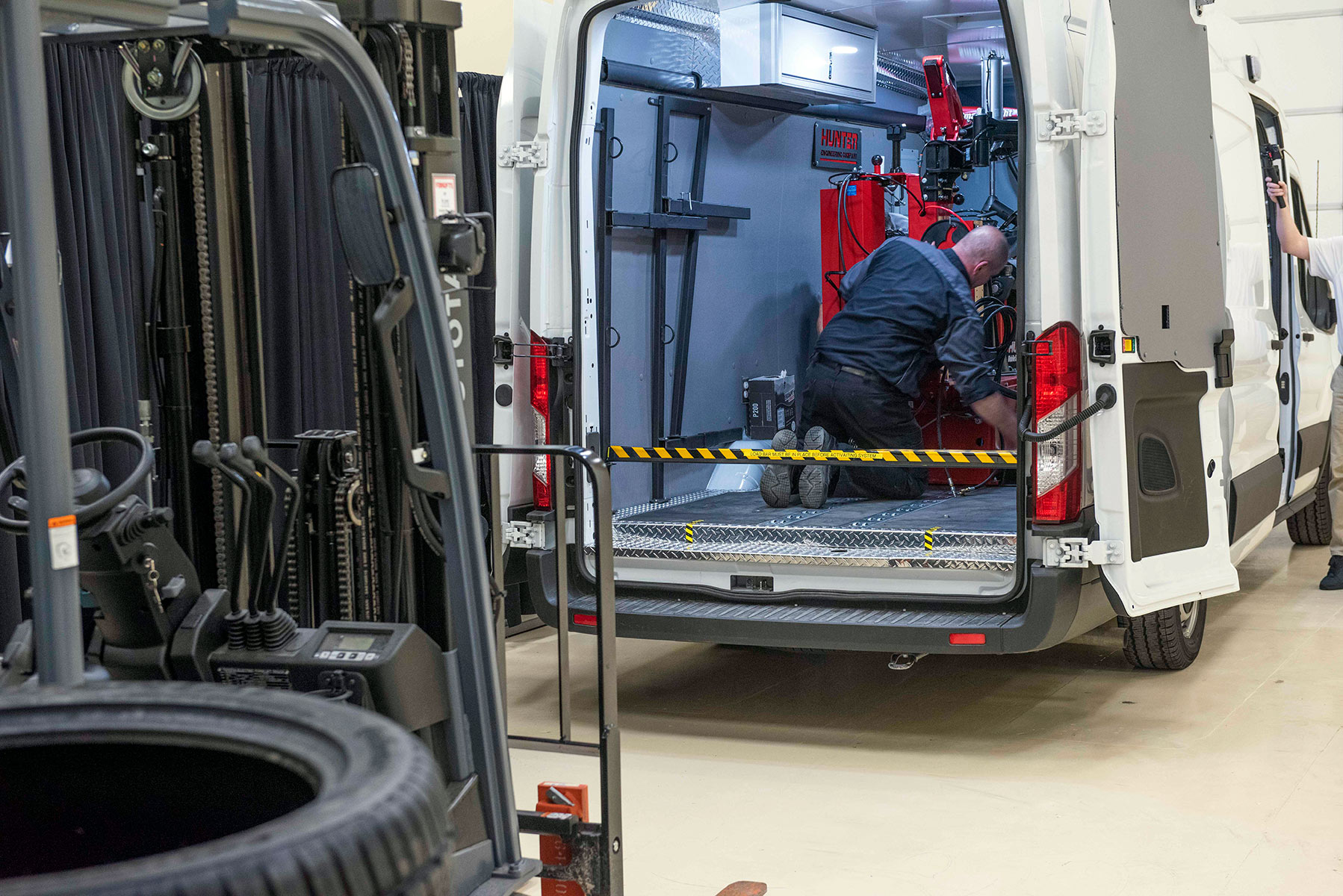Quick Response Mobile Tire Change Service in Las Vegas
Wiki Article
Tire Solution: Proven Approaches for Ideal Tire Upkeep and Care
Keeping optimum tire condition is vital for both security and efficiency of any vehicle. From making sure proper tire stress to routine turning and placement, there are tested methods that can substantially prolong the life-span of your tires and enhance general driving experience. As we discover the complexities of tire treatment and upkeep, we will certainly reveal necessary guidelines that every automobile proprietor should stick to for the very best possible results. Let's delve into the world of tire solution and uncover the tricks to keeping your tires in first-class form for the long run.Importance of Tire Stress
Ample tire stress promotes much better fuel efficiency, as under-inflated tires can lead to enhanced rolling resistance, creating the engine to work harder and consume more gas. Appropriate tire stress makes certain also tread wear, improving tire longevity and conserving money in the lengthy run by delaying the requirement for premature replacements. Regularly changing and checking tire stress, particularly in the past long journeys, is an easy yet efficient means to enhance automobile performance, prolong tire life-span, and focus on security on the roadway.Tire Turning Standards
When thinking about tire turning guidelines, it is necessary to understand the significance of this upkeep task in maximizing tire life-span and preserving ideal car performance. Tire turning includes altering the placement of each tire on a vehicle to make certain even tread wear. Front tires have a tendency to wear faster than rear tires because of steering pressures, making routine turning vital for well balanced wear patterns. The suggested rotation pattern differs depending on whether a car is front-wheel, rear-wheel, all-wheel, or four-wheel drive. Normally, tires should be revolved every 5,000 to 7,500 miles, or as suggested in the automobile guidebook. Neglecting tire rotation can cause unequal wear, impacting handling, traction, and possibly compromising vehicle safety and security. By adhering to correct turning standards, vehicle drivers can extend the life of their tires, enhance fuel efficiency, and boost overall driving experience. Regular turning is a simple yet reliable upkeep method that contributes substantially to tire longevity and vehicle efficiency.
Benefits of Wheel Alignment
Ensuring correct wheel placement after tire turning is critical for preserving balanced wear patterns and taking full advantage of car efficiency. In addition, appropriate wheel placement aids to extend the life-span of your tires. Misaligned wheels can cause uneven tire wear, leading to early tire substitute and raised maintenance costs.

Tire Footstep Depth Inspect
Executing a regular evaluation of tire walk deepness is important for maintaining safe driving problems and lengthening the life-span of your tires. The tread on your tires plays a vital role in providing traction, specifically in wet or unsafe conditions. To check your tire tread depth, you can use a walk depth gauge or the penny examination. The advised step deepness goes to the very least 2/32 of an inch. It is time to replace your tires to make sure ideal performance and security on the roadway if the walk depth is below this threshold. Uneven tread wear can show problems with tire stress, suspension, or placement, highlighting the relevance of routine step depth checks. Neglecting to monitor and keep correct walk deepness can lead to lowered grasp, longer braking distances, and an increased threat of hydroplaning. By integrating tire walk depth checks into your regular maintenance schedule, you can drive with confidence knowing that your tires remain in leading condition.
Seasonal Tire Assessment
Seasonal tire examination is an essential facet of tire upkeep that makes sure tires are prepared to deal with the challenges posed by various weather problems. In prep work for winter season, it is important to check the tire stress consistently as cool temperatures can cause tire stress to go down. By conducting routine seasonal tire assessments, chauffeurs can prolong tire life-span, improve fuel performance, and most notably, ensure a safe and secure driving experience in varying weather problems.Conclusion
To conclude, preserving proper tire stress, rotating tires regularly, lining up wheels correctly, monitoring tread deepness, and carrying out seasonal inspections are crucial methods for optimum tire care. By complying with these shown approaches, chauffeurs can learn this here now guarantee their tires last longer, do far better, and contribute to overall automobile safety. It is very important to prioritize tire maintenance to protect against accidents, boost fuel effectiveness, and lengthen the lifespan of tires.Ample tire visit the site pressure promotes far better fuel performance, as under-inflated tires can lead to enhanced rolling resistance, creating the engine to function tougher and take in even more gas.When considering tire rotation standards, it is essential to understand the relevance of this upkeep task in optimizing tire life-span and maintaining optimum automobile performance. Seasonal tire evaluation is an essential facet of tire upkeep that makes certain tires are ready to face the obstacles postured by various weather problems. By carrying out regular seasonal tire examinations, chauffeurs can lengthen tire lifespan, boost gas effectiveness, and most significantly, make certain a safe driving experience in varying weather conditions.
In conclusion, preserving proper tire pressure, turning tires consistently, lining up wheels appropriately, monitoring step deepness, and performing seasonal inspections are necessary techniques for ideal tire care.
Report this wiki page